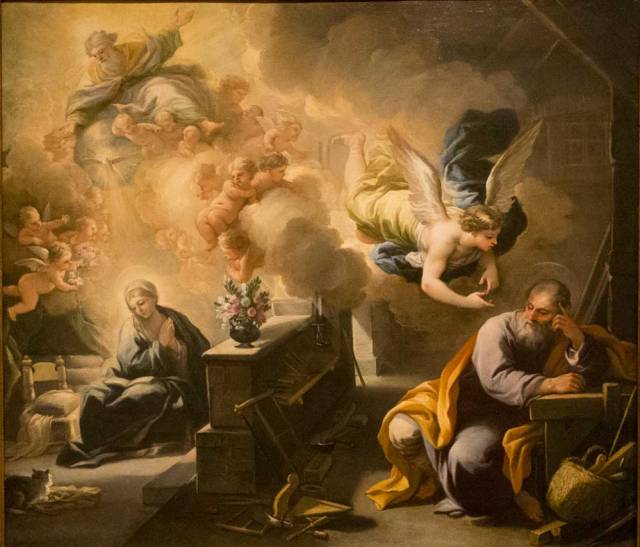
I don’t know when it happened, but at some point in the research for the book on Roman workbenches, it became a text that would feel at home in the “art history” section of a bookstore.
Researcher Suzanne Ellison, who has a deep love of art, and I spent months poring over texts that discussed Roman and early German tools and woodworking for the letterpress edition of “Roman Workbenches.” After we completed that book, I switched gears to finish up work on other authors’ books (and some furniture commissions).
Suzanne, however, expanded the scope of her research and began finding paintings, drawings and mosaics that dealt with the low-style workbench that I had never seen. And not only were they from Europe, but they also came from the New World, especially South America.
I could barely keep up with the pace of her research. Before I could fully digest a series of paintings to sort through their interesting bits, she had already dumped another load in my inbox. This crazy pace has continued for the last nine months.
After discussing hundreds of paintings, we narrowed our scope to ones that were truly representative of a long-term pattern. Or ones that showed methods of workholding that were, quite frankly, shocking to me.
As a result, this book – an expanded edition of “Roman Workbenches” – has become something far greater. It is a survey of early workholding methods that were used on simple and low workbenches for almost 2,000 years. Many of these workholding devices are incredibly simple – like the doe’s foot – but also incredibly effective. If you’re reading this blog, you probably agree with the statement that early artisans were incredibly clever and resourceful.
And this book has gotten much bigger. So big, that I wonder if I should even call it “Roman Workbenches” anymore.
During the coming months I’m going to share some of the gold that Suzanne dug up, along with some of the dead ends. The painting at the top of this entry was right up the road from me in Indianapolis and almost made me wet myself.
— Christopher Schwarz, editor, Lost Art Press
Personal site: christophermschwarz.com